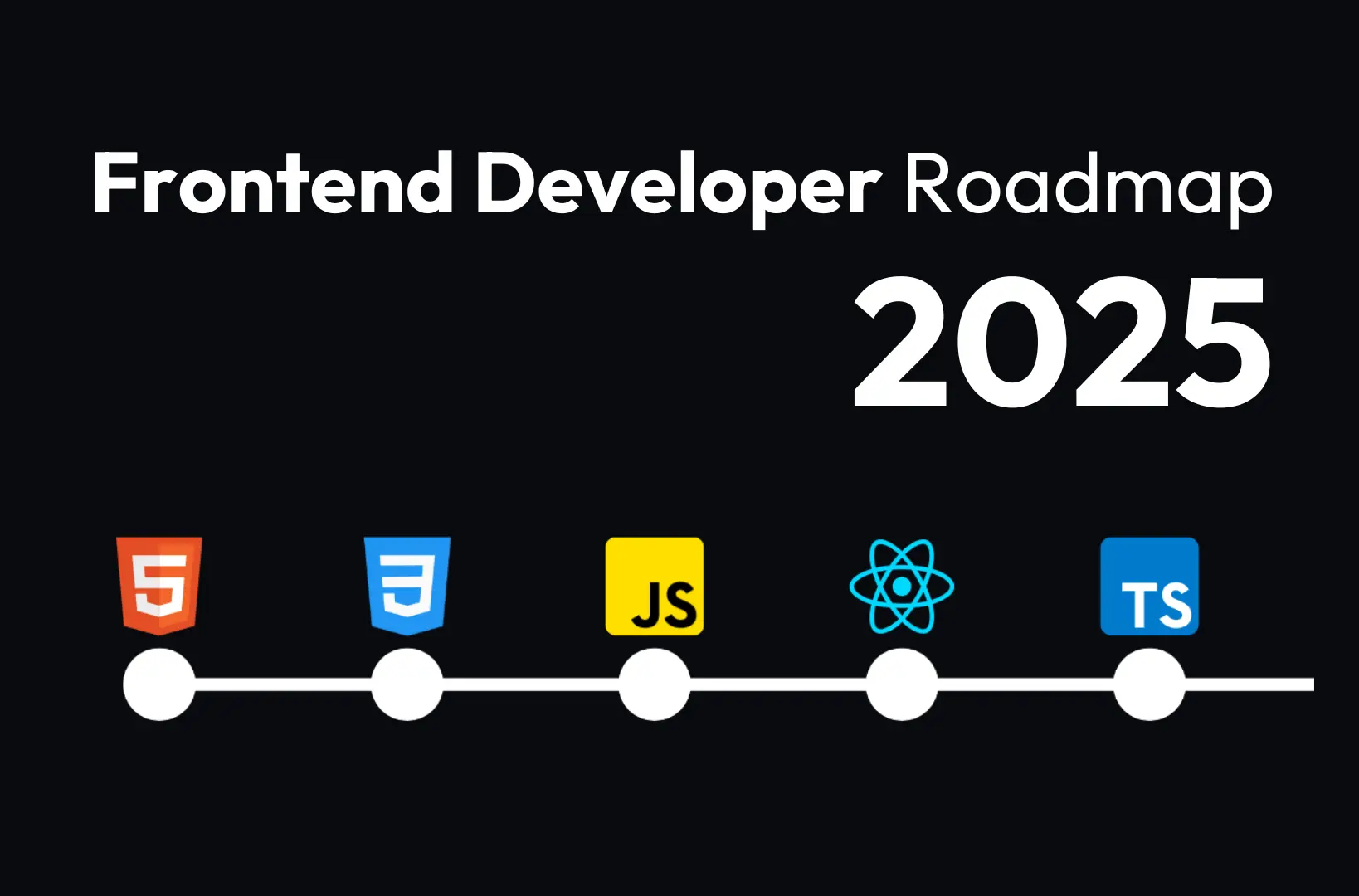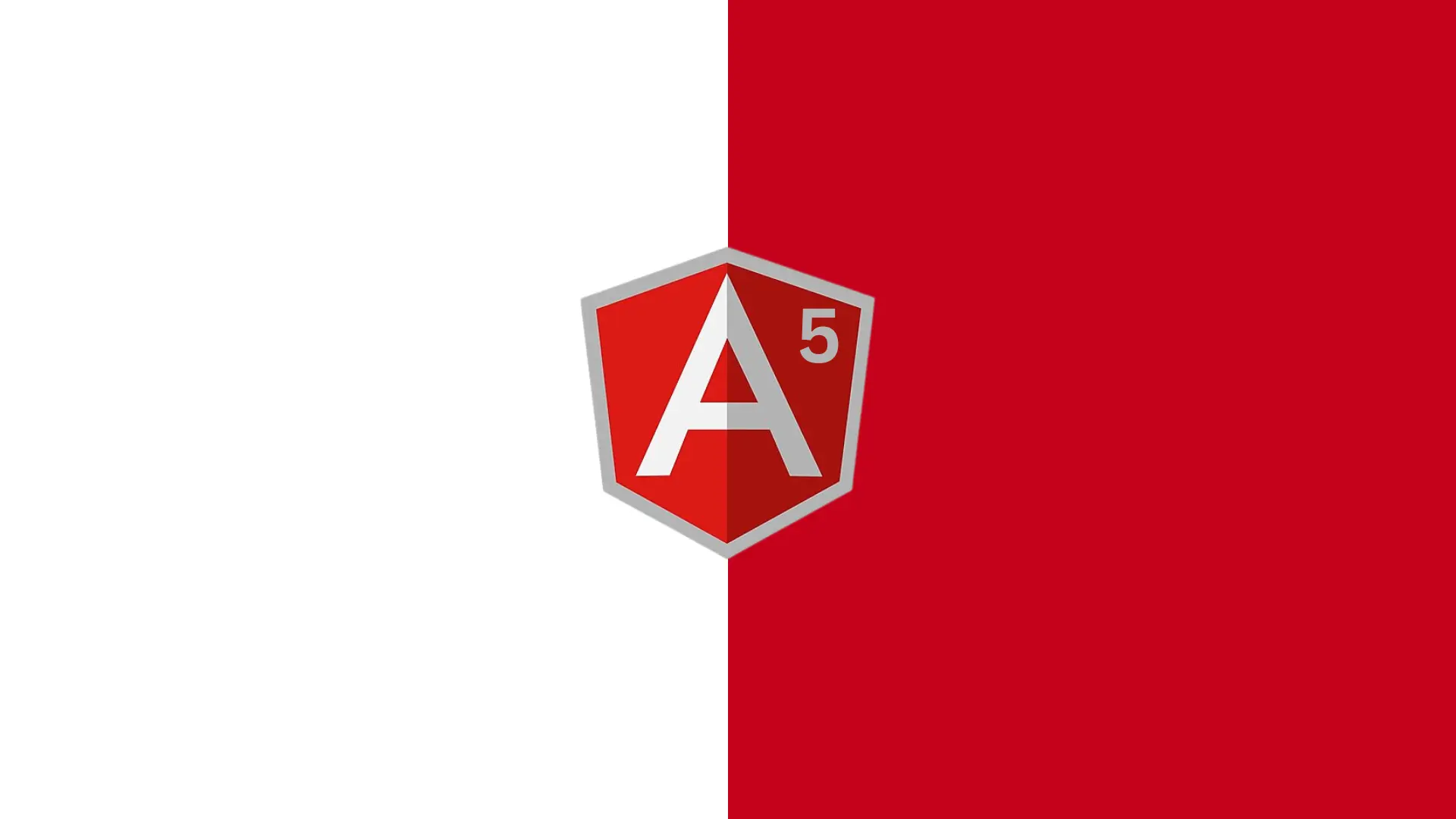Frontend architecture is the backbone that shapes the functionality, scalability, and user experience of an application. It encompasses the structural framework of how an application is built and how various elements interact with each other. The quality of frontend architecture significantly influences how efficiently the application can scale, how maintainable the code is over time, and how performant it is under various conditions.
A well-designed frontend architecture is essential for handling increasing traffic, adding new features, and ensuring smooth collaboration among development teams. It provides the foundation for creating modular, reusable components that can be easily maintained and updated, while also improving load times and responsiveness. By adhering to industry best practices such as component-based architecture, responsive design, and efficient state management, developers can create applications that deliver exceptional user experiences.
Moreover, optimizing performance and focusing on accessibility should be prioritized to ensure that the application is not only fast but also inclusive for a broader audience. In this blog, we will delve deeper into the principles behind frontend architecture, explore the tools and technologies that can enhance it, and share actionable best practices that developers can implement to improve their designs and create scalable, user-friendly web applications.
Understanding Frontend Architecture
Frontend architecture refers to the way the structure and components of the user interface (UI) are designed and organized. It includes various elements like HTML, CSS, JavaScript, and frameworks that interact to create an application’s visual and interactive layers.
Key Components of Frontend Architecture:
- HTML, CSS, and JavaScript: These are the core building blocks of any front-end application. HTML forms the content structure, CSS manages the layout and design, and JavaScript adds interactivity.
- Frameworks and Libraries: Frameworks such as React, Angular, and Vue.js simplify the development process by providing pre-written code for common tasks, while libraries like Lodash and Axios help with utility functions and data fetching.
- State Management: Managing the state is essential in large applications to ensure that UI components react to data changes. Libraries like Redux or the Context API in React make state management easier and more predictable.
Frontend vs. Backend Architecture
While frontend architecture focuses on how the user interface is structured, backend architecture deals with server-side logic and databases. The front-end is what users interact with, and the back-end is where data processing and storage occur. Both work together to provide a seamless experience for the user.
Key Principles of Frontend Architecture
Good frontend architecture is grounded in several principles that ensure the application remains manageable, scalable, and performant.
- Modularity and Reusability: Breaking down the UI into reusable components allows for easier maintenance and scalability. Components like buttons, form fields, and navigation bars should be designed as standalone units that can be reused across different parts of the application.
- Scalability: Frontend applications must be built to scale as both the user base and the complexity of the project grow. This means designing with future growth in mind, ensuring that the structure can handle new features and changes without a complete overhaul.
- Performance Optimization: Load time is critical in today’s fast-paced web. Using techniques like lazy loading (loading resources only when needed), code splitting (breaking large scripts into smaller chunks), and optimizing images can dramatically improve frontend performance.
- Maintainability: Clean, well-documented code is essential for long-term maintainability. Adopting a consistent code style, using version control, and following coding conventions can make the code easier to update and debug.
- Accessibility: A good front-end architecture is designed with all users in mind, including those with disabilities. This involves following accessibility standards (WCAG) to ensure that the application is navigable by screen readers and usable with keyboard shortcuts.
Best Practices for Improving Frontend Design
- Component-Based Architecture: Breaking down the front-end into smaller, reusable components helps keep the codebase clean and manageable. This also enables teams to work more efficiently since components can be developed, tested, and maintained independently.
- State Management Best Practices: Managing state across an application is challenging, especially in larger apps. It’s essential to choose the right state management tool based on the needs of the project. Redux is powerful but can be overkill for smaller applications, while React’s Context API is simpler and more lightweight.
- CSS Architecture: As applications grow, CSS can quickly become difficult to manage. Using strategies like BEM (Block, Element, Modifier) helps keep styles organized and maintainable. CSS-in-JS libraries like styled components or Emotion allow for scoped styles, ensuring that components don’t interfere with each other’s styling.
- Responsive Design: Designing for different screen sizes is a must. A mobile-first approach, where the design is initially optimized for mobile devices and then scaled up for larger screens, ensures that your application is accessible on any device.
- UI/UX Design Integration: Good frontend architecture is not just about code it’s about providing an excellent user experience. Integrating UI/UX principles early in the development process ensures that the application is intuitive, easy to navigate, and visually appealing.
Tools and Technologies to Enhance Frontend Architecture
- Bundlers and Task Runners: Tools like Webpack and Parcel help bundle JavaScript and CSS files, making it easier to load them efficiently in the browser. Task runners like Gulp automate repetitive tasks such as minification and image optimization.
- Version Control and Branching Strategies: Using Git and branching strategies like GitFlow helps developers work on features independently while maintaining a clean, deployable codebase. This makes it easier to collaborate with teams.
- Testing Frameworks: Tools like Jest, Mocha, and Cypress are crucial for ensuring that your front-end components work as expected. Writing unit and integration tests helps catch bugs early and ensures the stability of your application.
- Code Quality Tools: ESLint and Prettier ensure that your code follows industry standards for readability and consistency. These tools can help catch syntax errors and enforce style guides automatically.
Challenges in Frontend Architecture
- Managing Large Codebases: As your application grows, it becomes increasingly difficult to maintain a large codebase. A modular approach, coupled with tools like TypeScript for static typing, can help manage complexity.
- Browser Compatibility Issues: With a variety of browsers and versions used by different people, ensuring that your application works uniformly across all platforms is a challenge. Using CSS prefixes, polyfills, and testing on different devices can mitigate these issues.
- Keeping Up with Rapid Technological Changes: Frontend technologies evolve quickly. Staying updated with the latest frameworks, tools, and best practices can be overwhelming, but it’s necessary to maintain a competitive edge.
How to Continuously Improve Frontend Design
- Regular Code Reviews and Refactoring: Code reviews help identify areas where the architecture can be improved. Refactoring old or inefficient code can help maintain performance and keep the codebase clean.
- Staying Updated with New Tools and Technologies: The frontend ecosystem is always evolving, so it’s essential to regularly explore new tools, libraries, and frameworks that can improve your design and development processes.
- Gathering User Feedback: Regularly collecting user feedback through surveys or testing can help identify areas where the UI/UX can be improved, ultimately leading to a more user-friendly design.
- CI/CD Pipeline: Implementing continuous integration and continuous deployment ensures that changes are automatically tested and deployed, helping to maintain a steady workflow and reducing the risk of errors in production.
Conclusion
Frontend architecture is the foundation of any modern web application, influencing both its functionality and user experience. By prioritizing key principles such as modularity, scalability, and performance, developers can create applications that are not only efficient and maintainable but also provide seamless and enjoyable experiences for users. A well-structured architecture enables easy updates and feature expansions, ensuring that the application can grow alongside increasing demands.
Adhering to best practices in design, development, and testing such as component-based architecture, responsive design, and effective state management helps maintain a high-quality codebase while enhancing the overall user experience. Moreover, optimizing performance and ensuring accessibility are critical for a fast and inclusive application.
As front-end technologies rapidly evolve, staying up-to-date with new tools, frameworks, and practices is vital for continuous improvement. By consistently refining your approach and adopting the latest advancements, you can ensure your front-end architecture remains robust, adaptable, and capable of delivering superior user experiences over time.

Jahanzaib is a Content Contributor at Technado, specializing in cybersecurity. With expertise in identifying vulnerabilities and developing robust solutions, he delivers valuable insights into securing the digital landscape.








